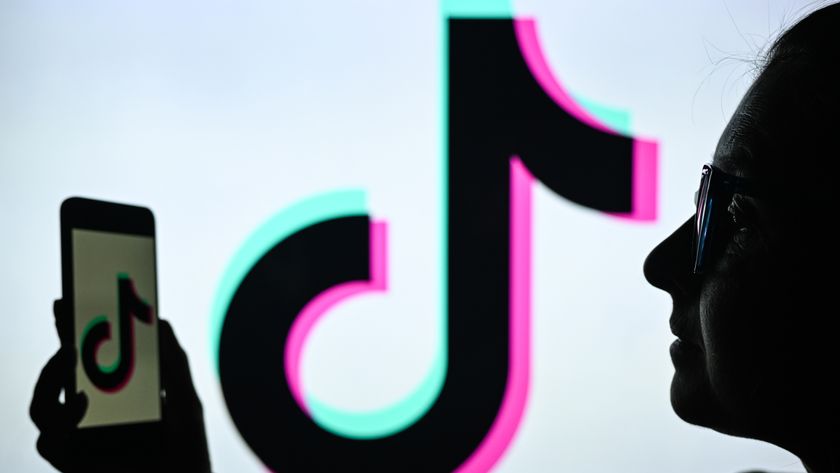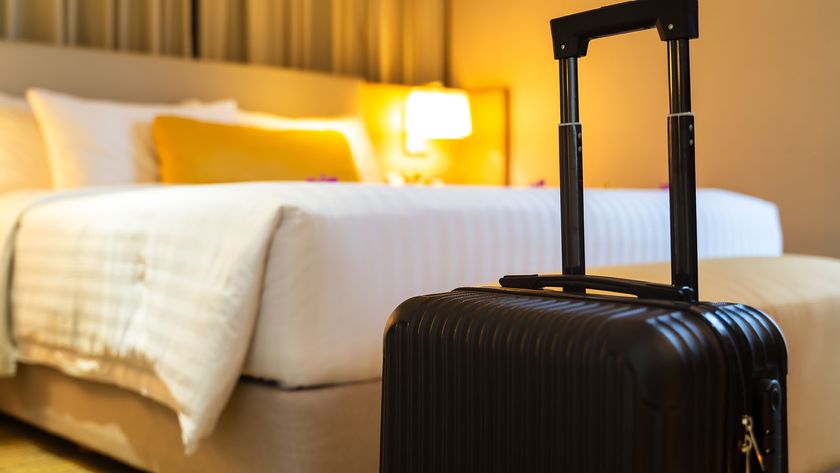Can a smartwatch like the Gear S replace your phone?
Not yet, but Samsung Gear S gets mighty close
The pitfalls of the Gear S
The biggest issue with the Gear S? You'll still need to pair it with a Samsung Galaxy phone (running Android 4.3 or higher) - and only these specific Samsung phones will work with it.
However, built-in connectivity means that even when the Gear S is far away from your phone, it can still send and receive messages and get turn-by-turn directions. You do have the option of leaving your phone at home and letting the two devices pair over cellular networks. You'll even be able to make and receive calls on the watch - using your phone's number, while your phone is miles away.
You might want to keep your phone nearby though, because it won't help you with things like watching videos or taking pictures (there's no camera). But the Gear S' SIM card could come in handy for jogs, trips to the gym or other situations where you want to stay connected and don't want a huge phone flopping around in your pocket.
If you do want to use the Gear S as a phone, you'll have to pay an additional monthly fee on top of your regular phone bill, as it requires a carrier SIM card for service. That means the watch will require a paid voice plan, if not also a data plan, for consumers. And that's going to be a tough sell. Especially since Samsung's own Galaxy Gear series can deliver nearly the same experience, but without the data plan.
Not only do you need to pair it with a compatible Samsung phone in order to load apps onto it, but you also need to do so in order to even start using the Gear S. This seems like a curious shortcoming for a device that for all intents and purposes could otherwise completely replace a user's smartphone. When you initially start up the Gear S, the first thing it'll ask you to do is connect it to a Samsung phone with the Gear Manager app installed. But you're not exactly going to want to send emails on the tiny QWERTY keys on the Gear S, anyway. The most you can do with the watch before then is make an emergency call.
By now you're probably thinking, that defeats the purpose of the Gear S almost entirely. But let's be clear, this device generally has no need for your smartphone. Assuming you've paid extra for a connected data plan, incoming calls can be answered via a built-in speakerphone, or via a connected Bluetooth headset.
Frankly, it's nice using a speakerphone to make calls on the watch, especially for hands-free calling - something Android Wear watches can't do at all. Still, using a watch for voice calls, even on Samsung's existing smartwatch products over Bluetooth - doesn't yet offer a 100% great experience in public.
Get daily insight, inspiration and deals in your inbox
Sign up for breaking news, reviews, opinion, top tech deals, and more.
Are wearables good phone substitutes?
As much as smartwatches make life easier, it doesn't seem like the Gear S is designed to replace your smartphone. In fact it's difficult to imagine any smartwatch on the market as a replacement for a smartphone.
While the Gear S can be, it shouldn't be your main mobile device. If it tries to replace the phone, it will fail. It's an exciting "why not?" concept, but when it comes to selling it as a standalone product, it's hard to see this getting past a very niche, early adopter audience if the problems mentioned before aren't solved.
As of now, the Samsung Gear S smartwatch is a solution to the inherent rudeness of smartphones. Whether we're on a date, at work or driving in the car - any social setting, if your phone rings in your purse or pocket, your first impulse will likely be to reach or stare down, and see who or what is pinging you. These handy devices will let you keep your phone in your pocket by delivering notifications right to your wrist in a very incognito style.
Someday soon, smartwatches might be devices that work completely on their own, without a phone as a connected Web browser, a music player, a fitness device, etc., but it looks like this is the closest thing we have right now.













